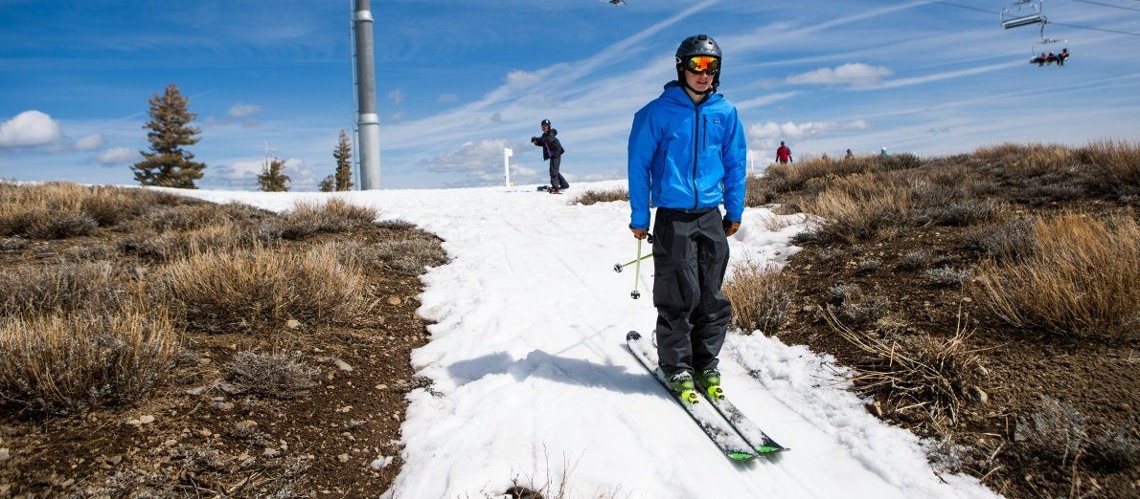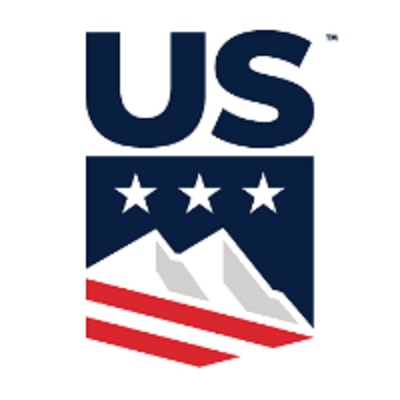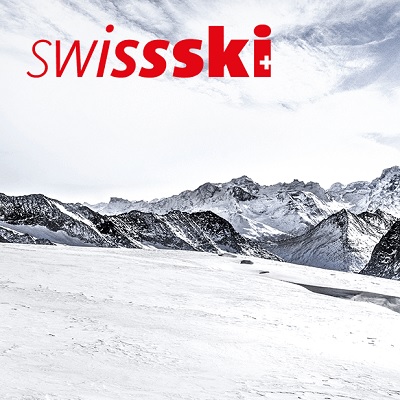Grischconsulta Looks At Ski Area “Resizing”

Shorter winters, strong fluctuations in precipitation and temperature, changing demand in winter sports, competitive pressure, eroding accommodation structures... Ski resorts and winter destinations - especially at medium altitudes - must plan for the future with entrepreneurial foresight. Which investments are the right ones and which infrastructures can be operated and financed profitably?
As part of risk management, companies are required to develop realistic (unvarnished) environmental scenarios and to make a credible assessment. If possible, with a scientific assessment of microclimatic development scenarios. The company's own business model must be checked for its seasonal "resilience". Are there gaps in the business model that need to be closed?
Alpine tourism tends to react with an optimistic "flight forward" and to strive for new investments and developments in the skiing experience. However, with an increasing number of destinations, this is associated with high risks and possible over-indebtedness. More resilient strategies are often neglected. Could "resizing" - i.e. a partial dismantling and reconstruction of infrastructure - possibly be a successful strategy?
In a “resizing” scenario, the following basic questions arise:
- Which infrastructure is not relevant and have use low frequencies? How would dismantling without replacement affect overall profitability? Which infrastructure is outdated, labor-intensive and only open for a limited time? The aim is to adapt the destination to changing environmental conditions and to concentrate on its own strengths. Unnecessary, accumulated ballast is discarded to create space for new agility. The focus should be on facilities that are flexible and in use all year round.
- How have the customer needs and structure changed? Are we still addressing the right target groups and markets? A prerequisite for a new positioning is knowing the relevant market conditions and trends. For which target groups and niche markets is the re-dimensioned offer competitive?
- Can new potential be tapped through resizing? Is there a possibility of diversification to a year round area? The resources and funds freed up by the redimensioning are to be invested in a sustainable new positioning and diversification: less in new, expensive seasonal (snow-dependent) infrastructures, more in flexible adventure infrastructures and events for new target groups such as hikers, bikers, nature lovers and mountain enthusiasts with year-round potential. Successful examples of mountain railways from lower altitudes show that a harmonious, colorful bouquet of different attractions and experiences is needed to ensure good year-round utilization of the infrastructure.
- Which brand promise can ultimately implement with which core competences? The quality of service and improvement of the customer experience – even with reduced infrastructure – must be ensured. Brand and marketing communication must be adapted accordingly. Which core competencies do we focus on and what can be outsourced?
- What cooperations and partnerships could help gain competitive advantages and increase efficiency? Too often, mountain railways focus on their own company and destination and neglect the potential of horizontal and vertical cooperation in the entire service chain, in marketing or technological innovations that can be implemented across companies.
- How can “resizing” become a successful strategy for a sustainable and climate neutral positioning ? Tourism must also achieve sustainability goals by 2050 at the latest. This offers mountain railway companies the opportunity to present themselves as THE environmentally friendly and responsible holiday and leisure option. The pressure to adapt due to political requirements and increased environmental awareness among future tourists will increase significantly. Experiences and new investments must be implemented consistently in a climate-neutral manner; this should be easier with a reduced fleet of facilities and less capital tied up.
Given the rapidly changing environmental factors, mountain railways must rethink their strategies and offerings. The various development scenarios, such as a "resizing" strategy, must be thoroughly examined and compared with a growth strategy for the skiing experience as a leap forward. Both approaches are justified and must be tested for their resilience in the light of future environmental scenarios.













